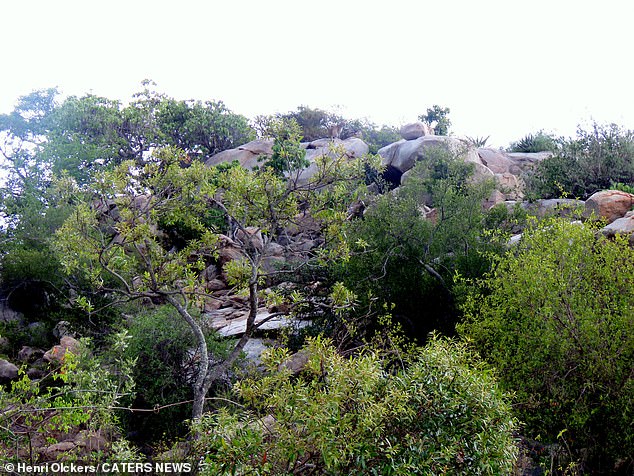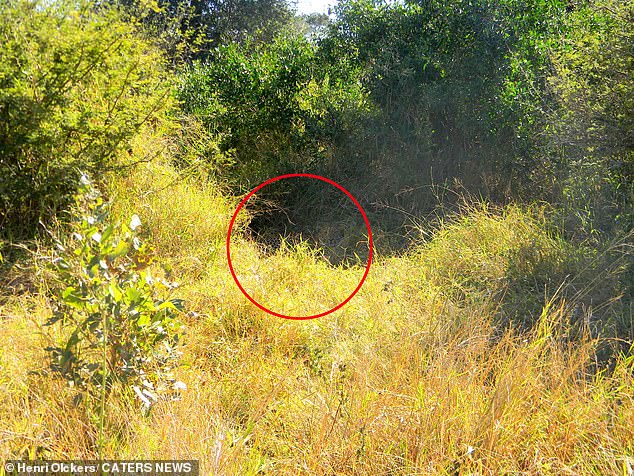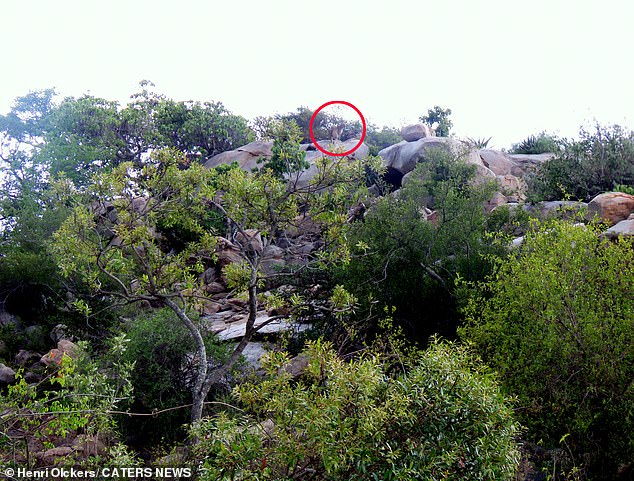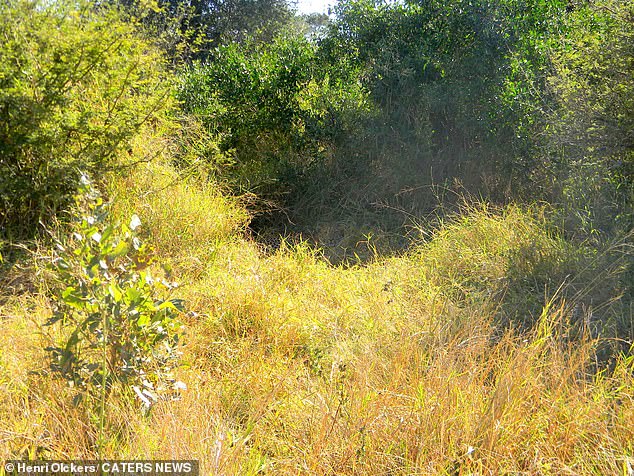- Photographer Henri Olkers spotted them in Kruger National Park, South Africa.
- Can you see where they are hidden?
With slender bodies covered from head to toe in dense, camouflaged fur that took 11 million years to create, it’s no wonder leopards are world-renowned for their ability to evade detection.
Their camouflage, consisting of pale yellow fur with brown spots, allows them to effortlessly stalk their prey in a huge variety of habitats, including forests, savannas, deserts, woodlands, coastal scrublands, mountains and marshy areas.
But although their prey, often small mammals and even fish, rarely spot leopards until it is too late, humans have developed eyes sharp enough to spot predators like the leopard.
The following photographs were taken by photographer Henri Olkers, who managed to spot the elusive big cats in Kruger National Park, South Africa.
Can you spot the leopards hiding in these pictures?
Leopards are world famous for their ability to evade detection.

Their camouflage, consisting of pale yellow fur with brown spots, allows them to effortlessly stalk their prey in a wide range of habitats.
In the first photo, the leopard can be seen staring into the lens from behind a small tuft of grass in the centre of the frame.
Meanwhile, in the second image, the big cat can be seen majestically looking out over the park while standing on top of a large rock, near the top of the image.
While leopard spots make the creatures stand out in a zoo, in the wild, where there are more naturally many light and dark spots in quick succession (such as when looking through tall grass), the pattern is an evolutionary advantage.
Not only does this help with hunting, it also helps protect leopards from the potential threat of larger predators, such as lions, who share their habitat and compete for the same prey.

In the first photo, the leopard can be seen staring into the lens from behind a small tuft of grass in the centre of the frame.

In the second image, the big cat can be seen majestically looking out over the park while standing on top of a large rock.

